As the dawn of artificial general intelligence (AGI) draws closer, the spotlight shines on the pioneers at the forefront of this revolution. Among them, OpenAI stands out, not just for its technological prowess, but for its commitment to ensuring that AGI benefits all of humanity. So, who is OpenAI and what do they do? Grab a cup of coffee, sit back, and join us as we embark on an enlightening journey through the world of OpenAI.
Key Takeaways
OpenAI, founded in 2015 and transitioned to a capped-profit model in 2019, focuses on developing safe AGI with notable projects like GPT, DALL-E, and collaborative ventures with entities like Microsoft.
Technological innovations by OpenAI encompass various AI domains such as reinforcement learning (OpenAI Gym), language models (GPT series), and visual AI (DALL-E), reflecting their commitment to advancing digital intelligence.
The real-world applications of OpenAI’s technologies are evident in fields like customer service, where AI chatbots enhance interaction, and in computer vision and robotics, improving automation and efficiency across several industries.
Exploring OpenAI: An Overview
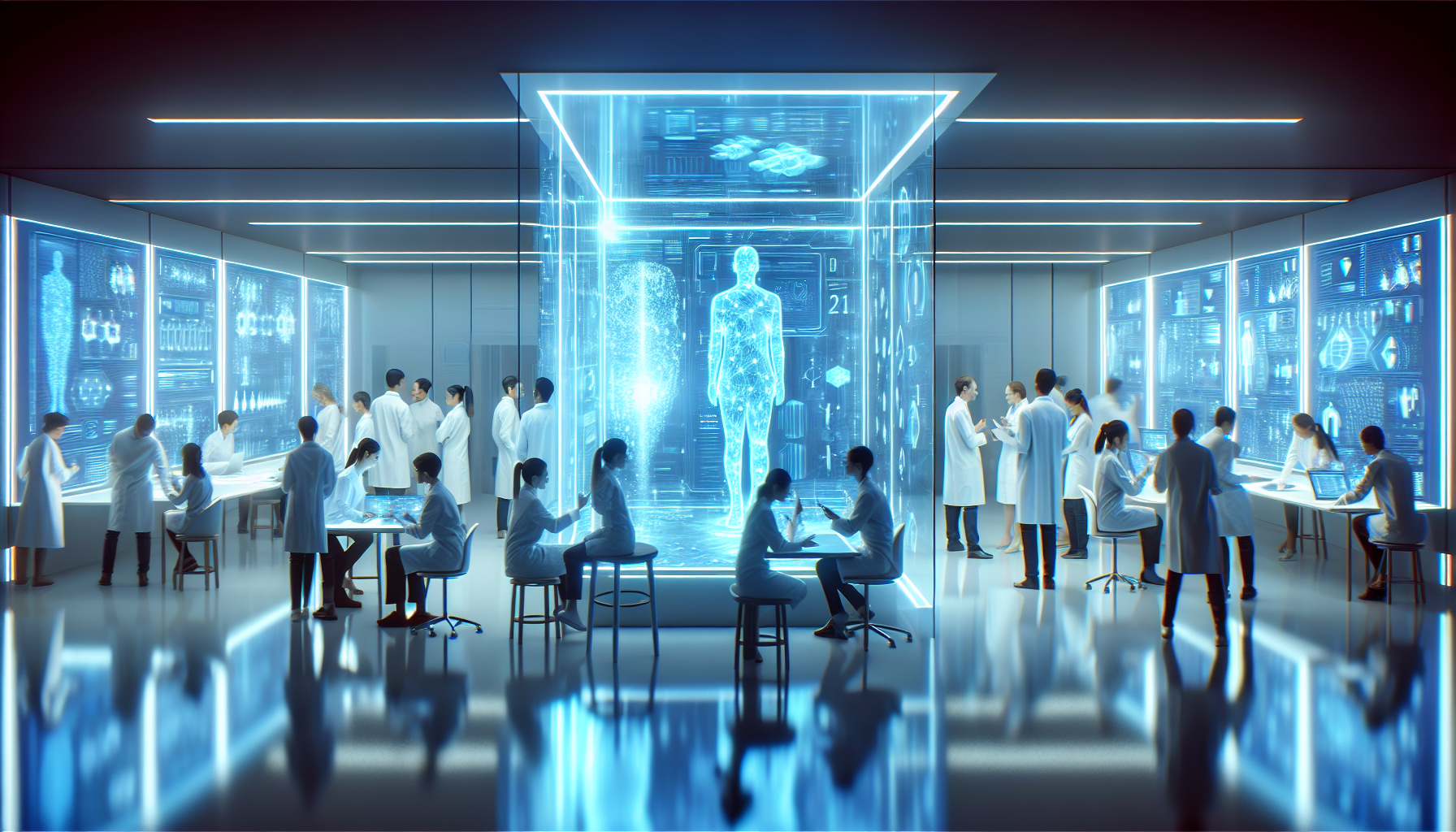
OpenAI, a luminary of the AI community, operates as a research lab advancing significantly in the domain of artificial general intelligence (AGI). The organization’s primary objective is to develop artificial intelligence that not only matches but surpasses human capabilities in the most economically valuable work, all while ensuring that these developments benefit humanity at large. Despite the challenges that accompany its mission, OpenAI remains steadfast in its commitment to ensuring AGI’s safety and universal benefit.
Safety and collaboration form the cornerstone of OpenAI’s approach to AI development. The organization actively promotes regulatory oversight and has committed to freely collaborate with other institutions and researchers. By sharing its patents and research with the public, OpenAI nurtures an environment of collective progress and broadens the reach of advancements for the public good.
Headquartered in San Francisco, OpenAI is recognized for:
Its groundbreaking AI models, such as the Generative Pre-trained Transformer (GPT) series
DALL-E, a generative AI model capable of creating images
Its commitment to the ethical development of AI
OpenAI’s mission revolves around ensuring that AGI, upon its arrival, is beneficial to all of humanity, and they stand ready to invest the necessary effort and collaboration to realize this vision.
Founding and Evolution
Established initially as an openai nonprofit in 2015, OpenAI started its journey with a focus on developing AI for video games and other forms of leisure. The organization was established by a team that included Ilya Sutskever, Greg Brockman, and other AI enthusiasts, with Sam Altman and Elon Musk serving as original board members. Shared concerns around the potential misuse of AI brought these individuals together, with a mutual goal to advance safe artificial general intelligence that benefits all of humanity.
In 2019, OpenAI made a pivotal transition to a capped for-profit model, known as OpenAI LP. This strategic move aimed to:
Attract venture capital investments
Provide stakes to its employees
Enable the organization to scale its operations
Secure funding for advancing AI research
This transition marked a new chapter in OpenAI’s evolution, as it expanded its horizons from developing AI for video games to broader AI research, after OpenAI released its groundbreaking technology.
Throughout its evolution, OpenAI has remained faithful to its mission of making AGI beneficial to all of humanity. Whether as a nonprofit or a for-profit entity, the organization has maintained its focus on developing AI that is safe and beneficial. This unwavering commitment has been a guiding light in OpenAI’s journey, illuminating the path to a future where AGI is a force for good.
Key Players and Stakeholders
OpenAI’s journey has been shaped by several key players. Among the founding members and initial supporters, names like Elon Musk, Sam Altman, and Peter Thiel stand out. Musk, known for his ventures like SpaceX and Tesla, served as an original backer and has played various roles at OpenAI. Altman, a prominent figure in the tech industry, currently leads OpenAI as its CEO. High-profile investor Peter Thiel has also been a significant supporter of the organization.
The guidance of OpenAI’s board members and advisors has been instrumental in shaping the organization’s strategies and ensuring alignment of interests. Reid Hoffman, a director at OpenAI backer Microsoft, along with other board members and advisors, have played crucial roles in steering the organization’s course.
A significant investor and strategic partner of OpenAI is Microsoft. This partnership has brought shared ambitions to the forefront, aiming to advance AI research and democratize AI technology. The participation of Microsoft goes beyond immediate revenue or profit, indicating a vision that aligns with OpenAI’s mission of ensuring that AGI benefits all of humanity.
OpenAI’s Technological Innovations
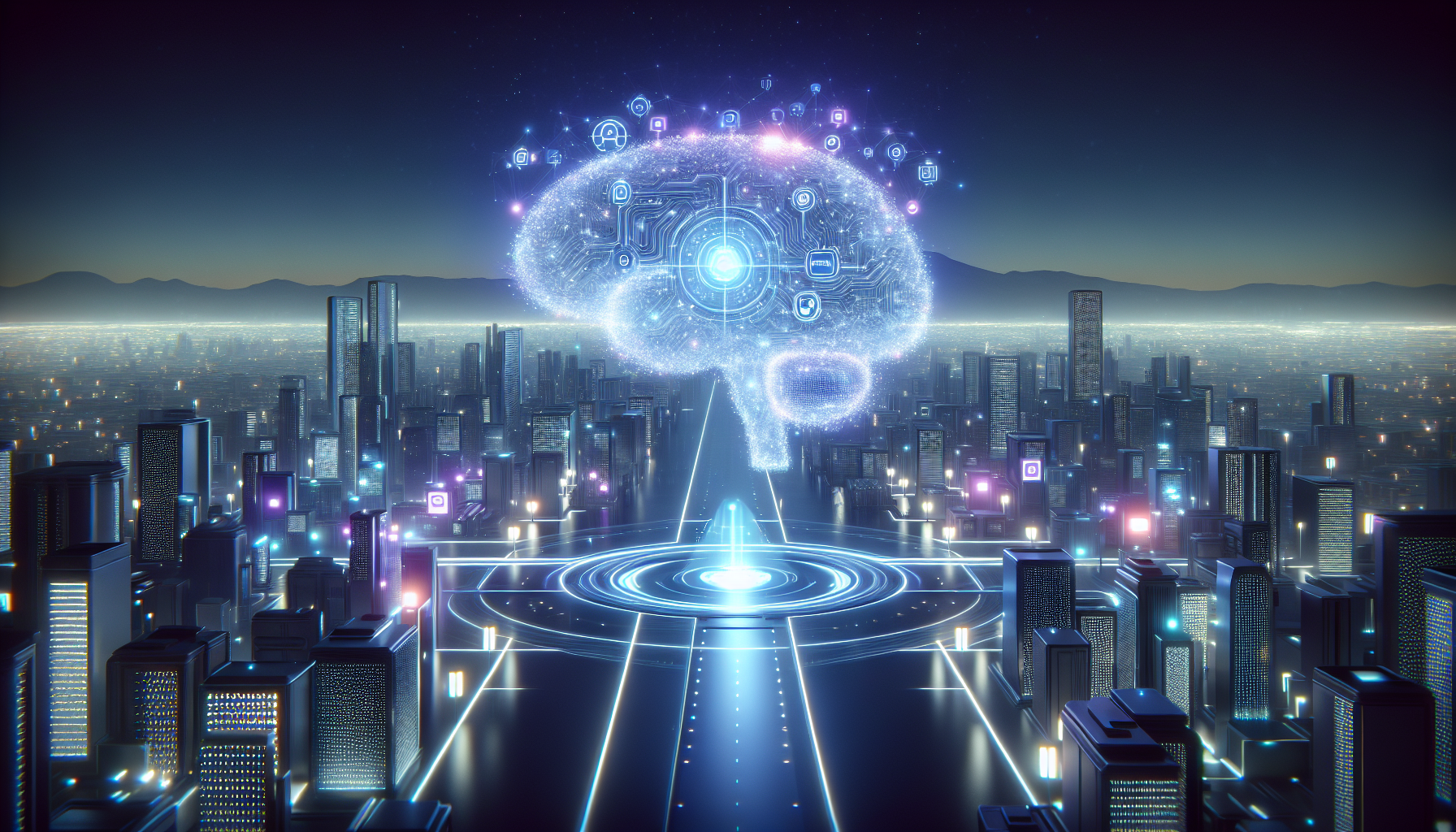
OpenAI’s pioneering efforts in AI technology have yielded numerous significant advancements. The organization’s current research focus is on reinforcement learning, a subfield of machine learning. OpenAI has made considerable strides in this area, as demonstrated by OpenAI Five’s superhuman competence in multiplayer online battle arena (MOBA) games, showcasing the potential of natural language processing in AI applications.
Beyond reinforcement learning and deep learning, the technological innovations of OpenAI cover various areas, including language models like the GPT series and visual AI such as DALL-E. These technologies reflect OpenAI’s commitment to advancing digital intelligence and its mission to ensure that AGI benefits all of humanity.
The advancements made by OpenAI are not confined to the research lab. They are making their way into the real world, transforming industries and improving lives. Whether it’s AI chatbots enhancing customer service or computer vision technologies revolutionizing the field of robotics, OpenAI’s technologies are pushing the bounds of what’s possible, sparking a new era of AI-driven innovation.
Reinforcement Learning and OpenAI Gym
One of the significant areas of focus for OpenAI is reinforcement learning. To facilitate the development of reinforcement learning algorithms, OpenAI introduced OpenAI Gym, an open-source toolkit. The Gym offers a wide range of environments with varying levels of difficulty and diverse data types, specifically catering to a reinforcement learning agent.
In addition to OpenAI, which has released Gym Retro, a platform for conducting reinforcement learning research on video games, there are other similar platforms available for such research. Some of these platforms include:
OpenAI Gym: A widely-used platform for reinforcement learning research and development.
DeepMind Lab: A 3D game platform developed by DeepMind for AI research.
ViZDoom: A platform that allows researchers to use the game Doom as a testbed for reinforcement learning algorithms.
These platforms offer a range of classic video games for experimentation and analysis, aiding in the development of generative models for AI applications. The importance of these platforms is evident in enabling the generalization between games with analogous principles but distinct visual representations, a crucial factor in the progress of reinforcement learning.
Whether it’s mastering the intricacies of a video game or navigating a complex environment, OpenAI’s work in reinforcement learning is expanding the horizons of AI technology. The developments in this area are not only pushing the limits of what AI can achieve but also paving the way for exciting possibilities in the world of AI.
Language Models: GPT Series
Another area where OpenAI has made significant strides is in the development of language models, specifically the GPT series. The Generative Pre-trained Transformers, known as GPT, have the ability to produce text that closely resembles human language and comprehend natural language.
The GPT-2, an unsupervised transformer language model, underwent training on the WebText corpus, comprising over 8 million documents and totaling 40 gigabytes of text. This model represents some of the most economically valuable work in the AI field. GPT-3, the next iteration, significantly surpasses its predecessor with 175 billion parameters, demonstrating its ability to handle tasks such as translation and cross-linguistic transfer learning.
However, the development of such powerful language models has not been without controversy. OpenAI expressed caution about the potential limitations when scaling up language models like GPT-3. The release of GPT-3 was initially withheld to prevent potential misuse.
Despite these challenges, the development of the GPT series represents a significant advancement in AI technology, opening up new possibilities for human-like text generation and natural language understanding.
Visual AI: DALL-E
One of the most captivating innovations by OpenAI is DALL-E, a generative AI model capable of creating images from textual descriptions. This remarkable technology can generate images of both realistic objects and objects that do not exist in reality.
DALL-E utilizes a 12-billion-parameter version of GPT-3 to interpret natural language inputs and produce corresponding images. This ability to generate images based on text descriptions showcases the potential of AI technology in the realm of art and design.
Building on the success of DALL-E, OpenAI introduced DALL-E 2, a platform designed to generate images based on user-provided descriptions. This development further underscores OpenAI’s commitment to advancing digital intelligence and pushing the boundaries of what AI can achieve.
Real-World Applications of OpenAI Technologies
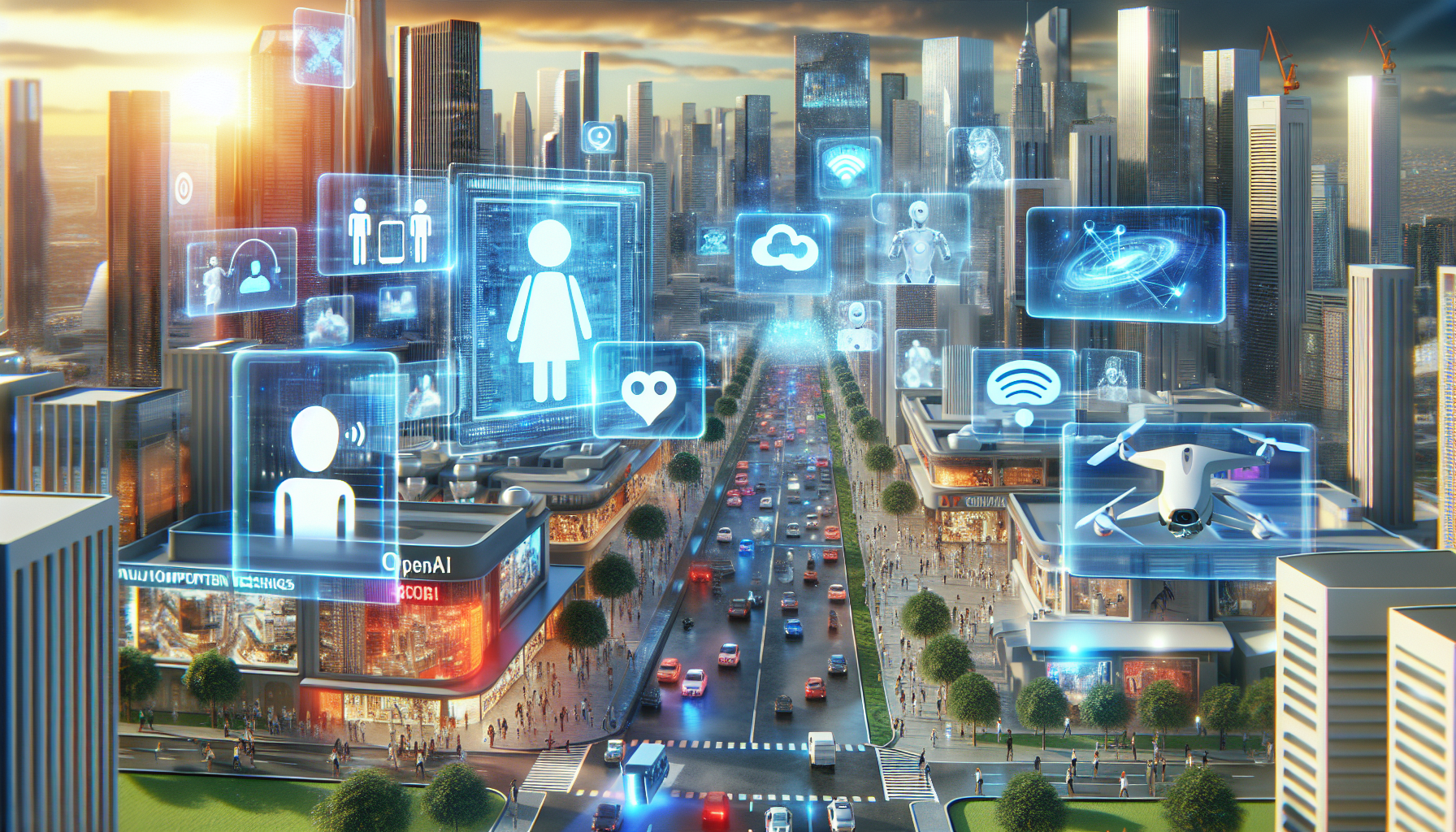
OpenAI’s technologies are not confined to the realms of research and innovation; they have significant real-world applications. These technologies are transforming industries, automating tasks, and enhancing user experiences. OpenAI’s AI chatbots and virtual assistants, for instance, are reshaping the landscape of customer service, while advancements in computer vision and robotics are revolutionizing manufacturing and logistics.
OpenAI’s AI chatbot technology, for instance, has been utilized in various sectors. ChatGPT, a notable development, has been integrated into customer service, financial advising, and other domains, enhancing interactions and offering valuable support to users.
In the fields of computer vision and robotics, OpenAI, a leading research organization, has made significant strides. The organization has:
Developed robotic systems that utilize supervised learning and meta-learning
Conducted research into domain randomization
Analyzed the susceptibility of computer vision systems to errors
These developments are shaping the future of these fields, offering the potential for advanced automation and more efficient operations.
AI Chatbots and Virtual Assistants
AI chatbots and virtual assistants powered by OpenAI are reshaping the way businesses interact with their customers. These technologies, developed by leading ai companies, can automate tasks, provide insights, and enhance user experiences, leading to improved customer satisfaction and efficiency.
ChatGPT, introduced by OpenAI in November 2022, is recognized as the most advanced chatbot globally. It has the capacity to offer responses to users across a wide array of subjects, generating a feeling of enthusiasm and exploration. This technology has been integrated into various sectors, from customer service to financial advising, significantly enhancing interactions and offering valuable support to users.
Through data and user feedback, OpenAI continues to refine its chatbot technologies. The organization is committed to improving the accuracy and contextual understanding of these systems, ensuring that they provide relevant and context-aware responses. This ongoing refinement underscores OpenAI’s commitment to pushing the boundaries of what AI can achieve and ensuring that AI technologies are accessible and beneficial for all.
Computer Vision and Robotics
OpenAI’s advancements in the field of computer vision and robotics are changing the way we interact with the physical world. Using these technologies, robots can comprehend their surroundings, identify objects and individuals, and perform intricate tasks requiring visual understanding.
Take, for instance, Dactyl, a system created by OpenAI, which utilizes computer vision and robotics technologies. Dactyl is proficient in executing complex tasks such as solving a Rubik’s cube with one hand. Trained exclusively in simulation, Dactyl can apply its knowledge to real-world scenarios while adjusting to physical dynamics.
These technologies are enabling a new level of automation and precision in various sectors. Whether it’s manufacturing, logistics, or even healthcare, OpenAI’s work in computer vision and robotics is pushing the boundaries of what’s possible, paving the way for a future where robots are not just tools but collaborators.
OpenAI’s Partnership with Microsoft
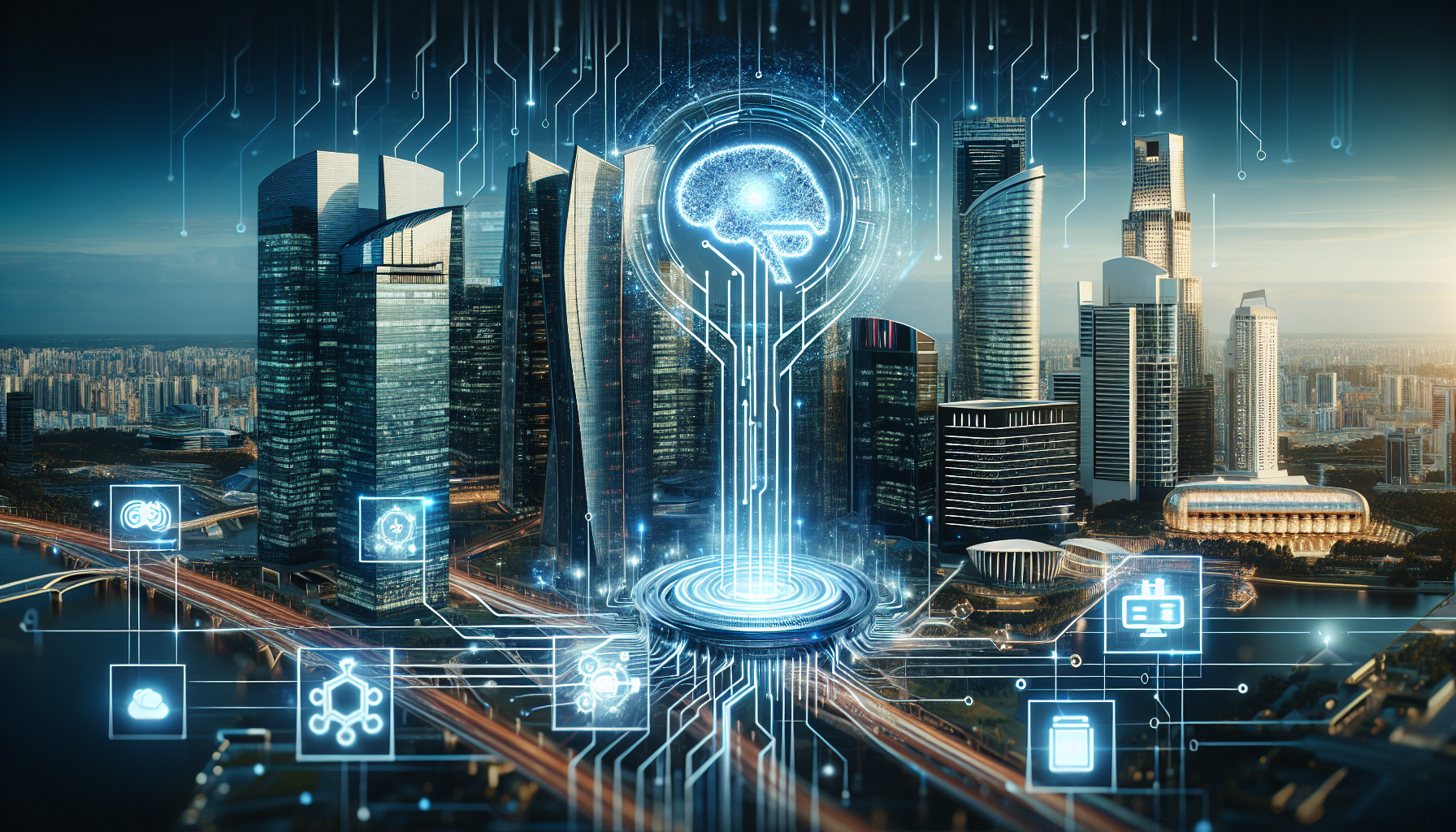
OpenAI’s partnership with Microsoft has played a significant role in the organization’s journey. This long-term partnership, involving substantial investment and joint efforts, aims to:
Improve Microsoft’s Azure cloud platform through the integration of AI-driven computing solutions
Utilize the $1 billion investment from Microsoft over a period of five years, and possibly sooner, to advance OpenAI’s AI research and development efforts
Illustrate Microsoft’s commitment to advancing AI research
Align with OpenAI’s mission of ensuring that AGI benefits all of humanity.
Various Microsoft products now incorporate OpenAI’s AI technologies. ChatGPT functionality, for instance, has been integrated into Microsoft 365 products like Outlook and Teams. The Microsoft Edge browser has also benefitted from AI enhancements. These integrations highlight the potential of OpenAI’s technologies to significantly improve the performance and functionality of widely used software.
Ethical Considerations and Criticisms
Like any revolutionary technology, OpenAI’s AI endeavors have elicited various ethical considerations and criticisms. Concerns about AI safety, transparency, and potential negative impacts have all been part of the discourse around OpenAI’s work. These concerns underscore the complexity of developing AI technologies that are not only technologically advanced but also ethical and beneficial to all of humanity.
Critics have faulted OpenAI for its lack of transparency, especially concerning its limited disclosure of technical details related to advancements such as the GPT-4 model. Legal challenges have also arisen concerning the legality of data acquisition and the incorporation of copyrighted materials into their offerings.
Despite these challenges and criticisms, OpenAI remains committed to developing AI in a responsible and ethical manner. The organization actively works to mitigate potential harms resulting from misuse or abuse and takes proactive measures to prevent misuse.
OpenAI also reinforces the safety, security, and reliability of AI through voluntary commitments, reinforcing its commitment to ethical AI development.
OpenAI’s Commitment to Ethics and Safety
Ethics and safety constitute a central aspect of OpenAI’s mission. The organization integrates safety features into its AI tools whenever feasible and strives to minimize potential harms resulting from misuse or abuse. Prior to release, AI systems are subjected to rigorous testing, and external experts are engaged to ensure their safety and efficacy.
Irrespective of this commitment to safety, controversy has not been absent from OpenAI’s decisions and actions. For instance, the decision to withhold the full launch of GPT-2 due to concerns about potential misuse drew criticism from members of the AI community who prioritize open research. Additionally, the appearance of harmful content disseminated by their AI services has raised concerns about the organization’s ability to effectively manage its technologies.
Still, OpenAI remains steadfast in its commitment to ethical AI development. The organization is actively working to address these challenges and improve its practices. By focusing on safety and striving to ensure that AGI benefits all of humanity, OpenAI is leading the way towards a future where AI technology is safe, beneficial, and accessible to all.
Notable Controversies
OpenAI’s journey has not been without its share of controversies. One of the most notable controversies involved the decision to withhold GPT-2. While this decision was made with the intention of mitigating potential misuse, it was met with disapproval from members of the AI community who prioritize open research and the creation of countermeasures.
Another significant controversy arose from the presence of toxic content in OpenAI’s chatbots, such as ChatGPT. In response, OpenAI engaged outsourced workers to remove toxicity and enhanced its content filters through the assistance of human trainers and user feedback.
Yet another controversy involved OpenAI’s decision to outsource content annotation tasks to workers in Kenya, who were paid less than $2 per hour for filtering out traumatic content from ChatGPT. This decision raised ethical concerns regarding the working conditions and compensation of the workers involved.
These controversies highlight the challenges OpenAI faces in balancing the pursuit of technological advancement with ethical considerations and societal impacts.
The Future of OpenAI: What Lies Ahead?

As OpenAI persistently challenges the limits of AI, it promises a future filled with exciting developments. OpenAI has articulated their intention to prioritize the development of AGI that serves the global community, reflecting their commitment to constructing secure AI and guaranteeing fair access to the advantages of AI.
In addition to advancing AI technology, OpenAI is committed to:
Democratizing AI
Utilizing AI for the benefit of the general public
Striving for the betterment of humanity
Eliminating obstacles to global human creativity
This vision of democratizing AI technology positions OpenAI as a leader in the field and indicates an exciting future where the benefits of AI are widely accessible.
Looking ahead, OpenAI is seeking to:
Collaborate with a diverse range of partners to establish an open-source repository and incorporate AI technologies into journalism
Explore anticipated revenue growth of AI and innovative AI business models to present new opportunities and expansion areas
Continue its commitment to safety, collaboration, and the democratization of AI
The future of OpenAI holds immense potential for both technological advancement and societal benefit.
Summary
In the rapidly evolving world of AI, OpenAI stands as a beacon of innovation, ethics, and commitment to the betterment of humanity. From its inception as a nonprofit to its evolution into a leading AI research lab, OpenAI has consistently pushed the boundaries of what’s possible with AI. Through its groundbreaking work in reinforcement learning, language models, and visual AI, OpenAI is shaping the future of AI. Despite the controversies and challenges, OpenAI remains steadfast in its mission to ensure that AGI benefits all of humanity. As we look towards the future, OpenAI’s commitment to advancing AI research, democratizing AI technology, and collaborating with diverse partners paints a promising picture, one where the benefits of AI are accessible to all.
Frequently Asked Questions
What is the purpose of OpenAI?
The purpose of OpenAI is to advance and direct artificial intelligence in a way that benefits humanity as a whole, free from the constraint of financial return. OpenAI’s goal is to ensure the existence of artificial general intelligence for the benefit of all of humanity.
What does Elon Musk think about OpenAI?
Elon Musk expressed concern about a “dangerous element” of artificial intelligence discovered by OpenAI, and he has “mixed feelings” about the CEO, Sam Altman. Musk has previously warned about the dangers of AI.
What is OpenAI’s mission?
OpenAI’s mission is to ensure that artificial general intelligence (AGI) benefits all of humanity by building safe and beneficial AGI or aiding others in achieving this outcome.
What is the GPT series?
The GPT series is a set of powerful language models called Generative Pre-trained Transformers, capable of generating text that closely resembles human language and understanding natural language.
What is DALL-E?
DALL-E is a generative AI model developed by OpenAI that can create images from textual descriptions, including images of both realistic and unreal objects.
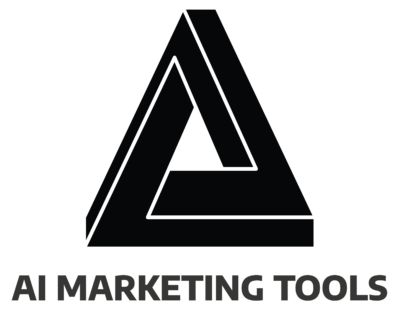
Comments